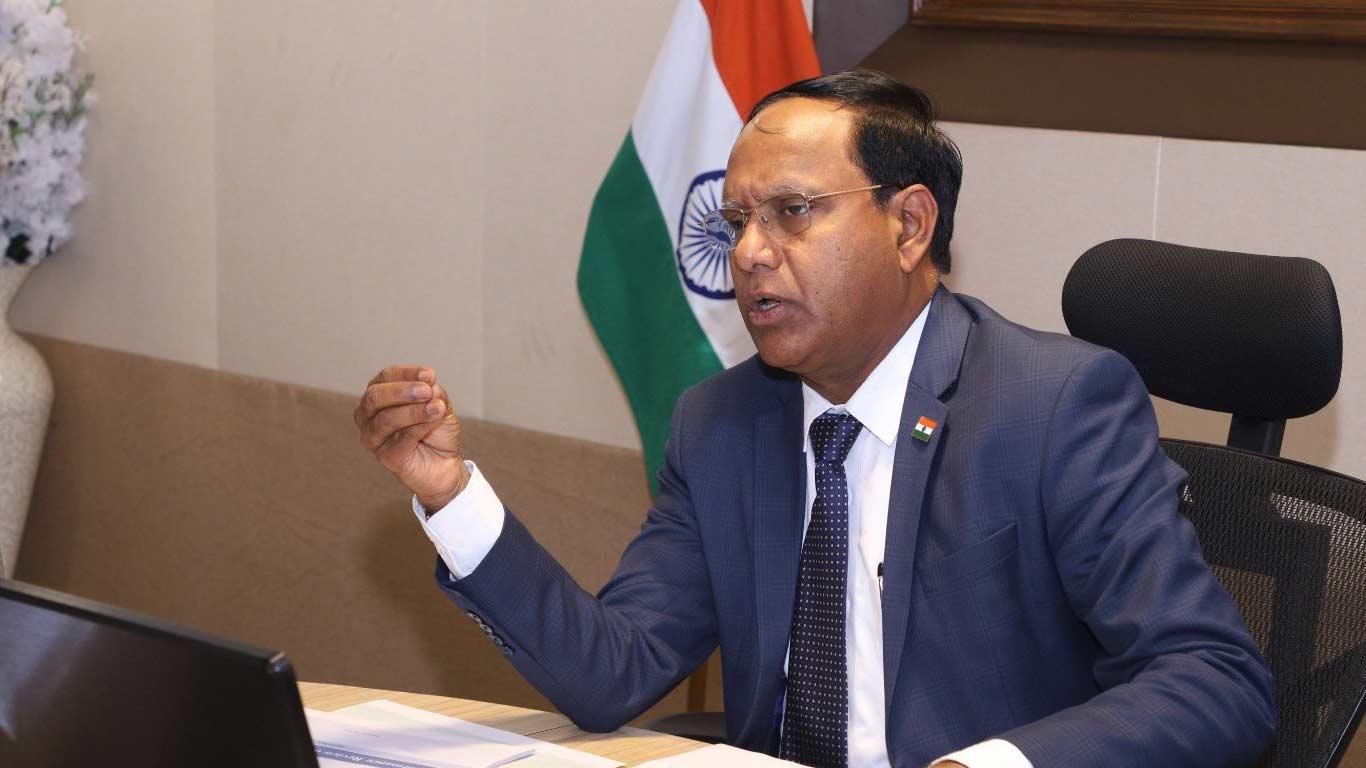
Operational Inefficiencies In Microfinance Institutions Driving High Interest Rates: DFS Secretary
He cautioned that operational shortcomings in microfinance institutions (MFIs) were contributing to unreasonably high interest rates, undermining efforts at financial inclusion.
Speaking at a conference organised by Sa-Dhan, an association of impact finance institutions, Nagaraju said that while people in distress often borrow at high rates, many are unable to repay such loans.
He described certain interest rates in the sector as 'uncomfortable', attributing them to institutional inefficiencies.
He urged MFIs to reassess their lending models, stating,“There is a need for stronger infrastructure, diagnostics, and sector-wide services to support sustainable microfinance,” reported Business Standard.
Calling for consolidation within the sector, Nagaraju said the number of MFI loan accounts had dropped by 45 million by September 2025. Outstanding microfinance loan amounts fell from Rs 4.4 trillion in March 2024 to Rs 3.4 trillion by September 2025.
He said the microfinance sector remains a crucial pillar for inclusive and economic growth but must do more to expand financial inclusion, noting that 30–35 crore young people still lack adequate access to formal finance.
“The government would like to continue to support MFI for financial inclusion and women empowerment... The passion and commitment is missing in MFIs now... There is a need to attract the younger generation,” Nagaraju said.
MFIs typically access funding from banks, non-banking financial companies, Small Industries Development Bank of India (SIDBI), and National Bank for Agriculture and Rural Development (NABARD), as well as through bond issuances.
Their funding flows fell sharply in FY 2024–25, declining 55.4 percent year-on-year to Rs 58,109 crore. A CareEdge Ratings report expects the sector to grow modestly by around 4 percent in FY 2025–26.
Addressing the conference, Nabard Chairman Shaji K. V. said the institution is developing a Grameen Credit Score model in collaboration with smaller MFIs to strengthen credit assessment.
“Microfinance institutions must push for stronger credit assessment, better risk management, and more diversified portfolios. Government programmes and DPI continue to support this work, but the emphasis must stay on impact alongside financial returns,” he said.
He highlighted that Nabard is building a data warehouse of credit histories for low-income borrowers to help reduce underwriting costs.
(KNN Bureau)
Legal Disclaimer:
MENAFN provides the
information “as is” without warranty of any kind. We do not accept
any responsibility or liability for the accuracy, content, images,
videos, licenses, completeness, legality, or reliability of the information
contained in this article. If you have any complaints or copyright
issues related to this article, kindly contact the provider above.

















Comments
No comment